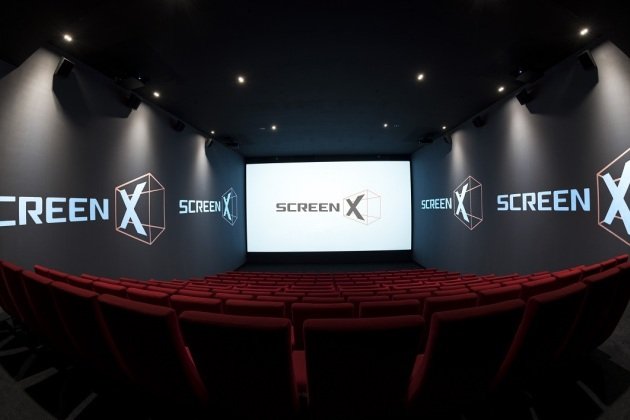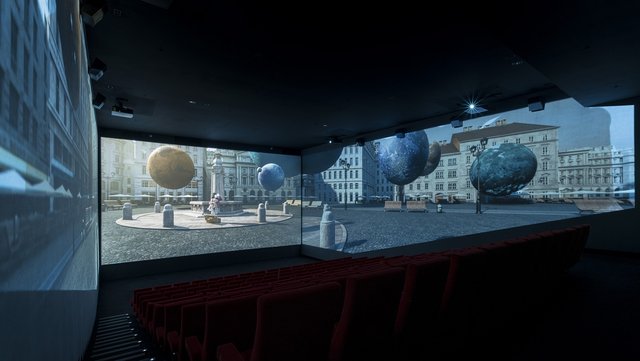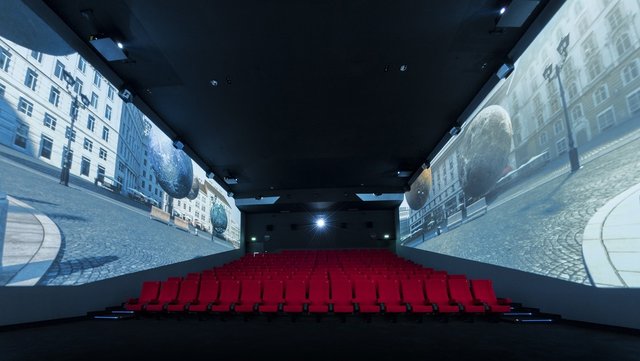I tested the Screen X format and 270 degree projection

The cinemas at La Villette and Beaugrenelle France are the first in Europe to accommodate this new technology, which consists of extending the screen on two side panels.
Pathé Gaumont cinemas seem determined not to give spectators a break. After having shook them up last year with the new 4DX concept, its vibrating and shaking armchairs, its water jets and its wind tunnel, here comes the Screen X "the first multi-projection system designed for a perfect immersion of spectators," promised François Bertaux, director of operations at Pathé Gaumont cinemas, during a press presentation last week.

A Korea technology
We were able to test this new technology with the Ant-Man and the Wasp blockbuster, preceded by a short demonstration session and explanations in the presence of representatives of the Korean company CJ 4DPLEX. It is the company that has developed this process which already equips 147 cinema rooms in the world, the majority of which are in Asia. In Europe, Pathé Villette and Pathé Beaugrenelle are the first to inaugurate this format. Pathé Beaugrenelle even couples Screen X and 4DX, a privilege shared with only one other room in the world.
Obviously, this innovation has a price for the spectator. Plan to pay three euros more on a regular ticket for the Pathé La Villette, including the Pass, and eight euros for the Pathé Beaugrenelle and its Screen X/4DX handset.

Images created in post-production
Screen X consists of adding a screen on each side of the room. Four projectors are required to play the film in this configuration. The classic version used in all cinemas does not change and scrolls on the central screen, while the film extensions are reserved for the side panels. Images obtained during shooting when the format is anticipated, but mostly extrapolated in post-production. This explains the exorbitant cost of this technology: count about 1 million dollars per panel and six to eight months of work including scripting, image creation, and validation of the director and studios, according to statements by CJ 4DPLEX. It is therefore understandable that Screen X is currently reserved for feature films with very high commercial potential. In addition to Ant-Man and La Guêpe, the two Pathé theatres will release the thriller The Meg on August 22, the horror film The Nun on September 19, and the fantastic film Aquaman on December 19.
Be careful of where you sit in the room
No doubt, the Screen X brings more immersion. It doesn't just extend the screen into the same color palette, it shows additional elements. This will allow us to distinguish what happens on the sidewalks during a pursuit race where only the road and the vehicles would usually have been distinguished. This requires, however, choosing the right place in the room to enjoy it. It is better to position yourself in the centre and in the upper part so that you can enjoy the lateral projections. Putting yourself in the front row would have no interest in these conditions.
Too bad Screen X is only used during certain action scenes. The choice was made to return to a classical projection systematically during the dialogues, so as not to disturb the audience's concentration. So be it. But the sequences chosen for Screen X are not always judicious and sometimes surprise by their brevity. Why not take the concept to its logical conclusion and project a feature film entirely in this format?